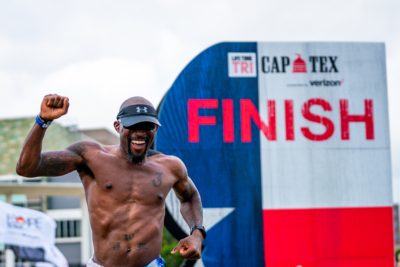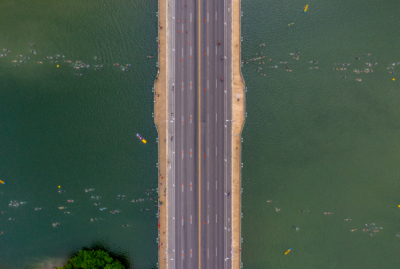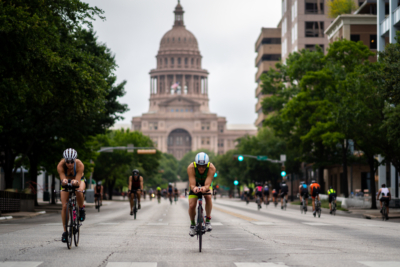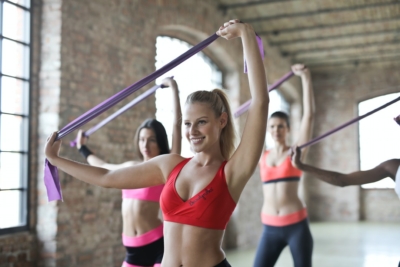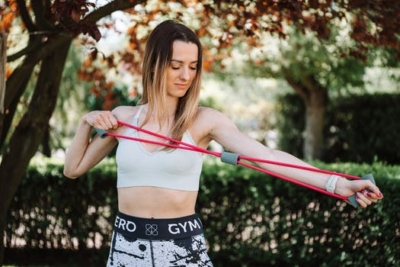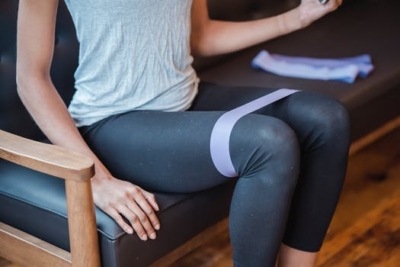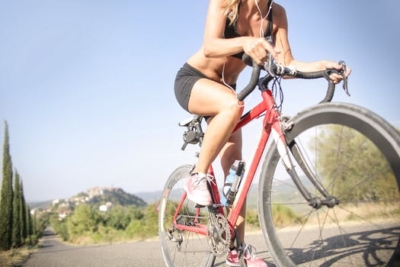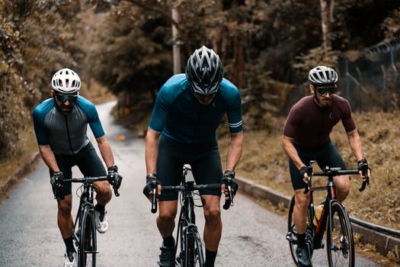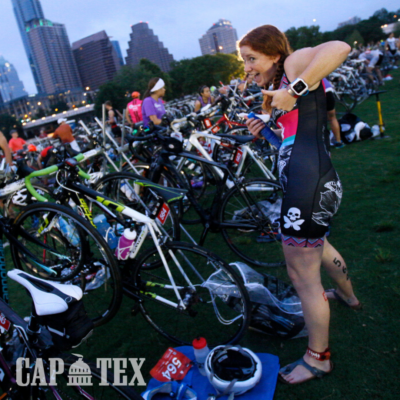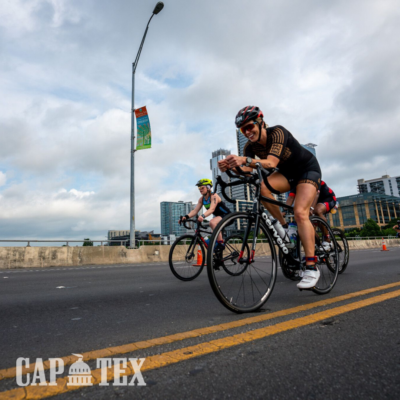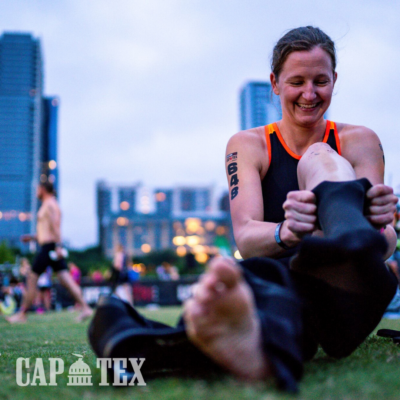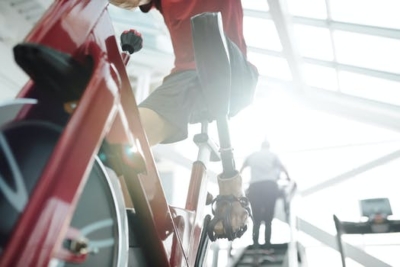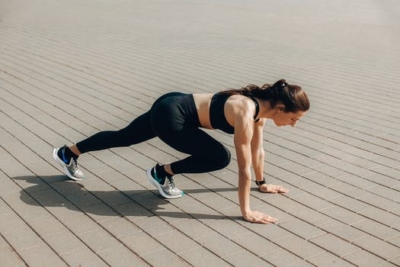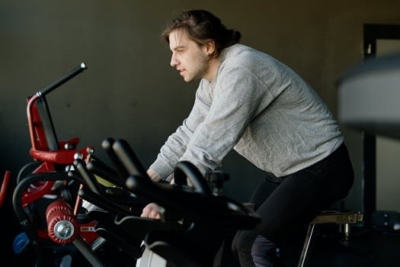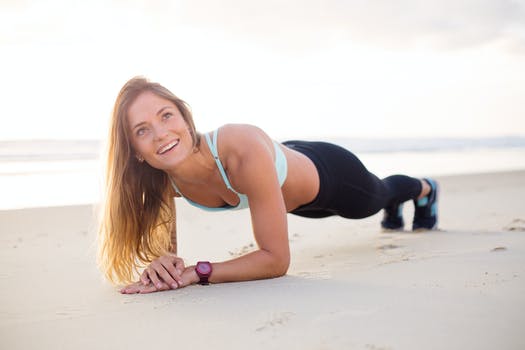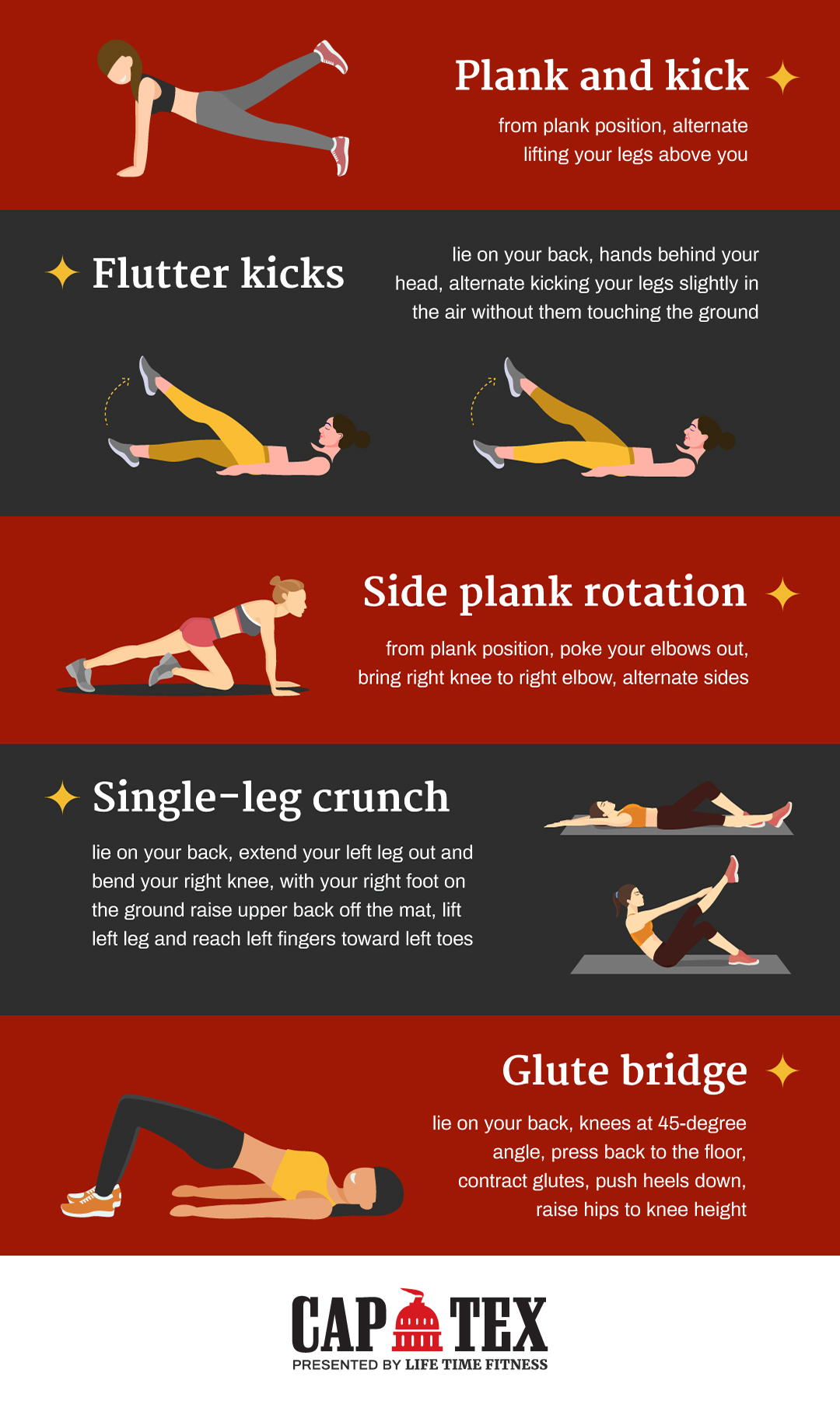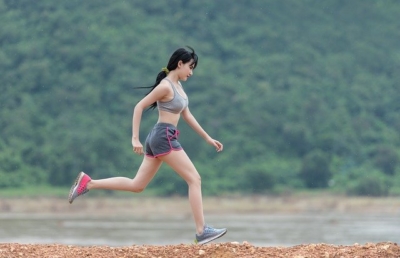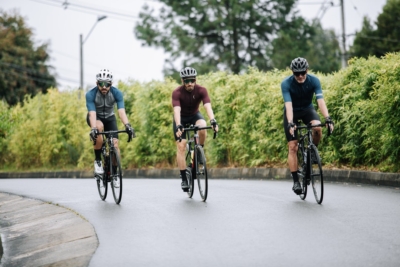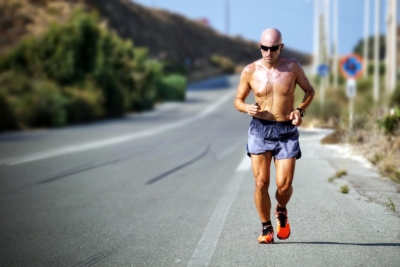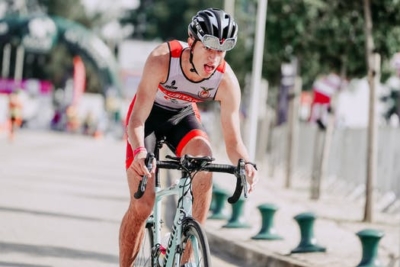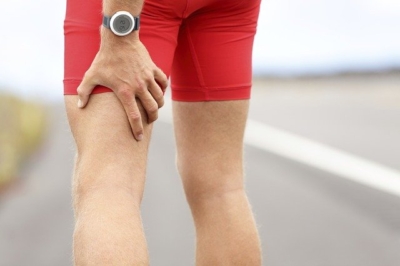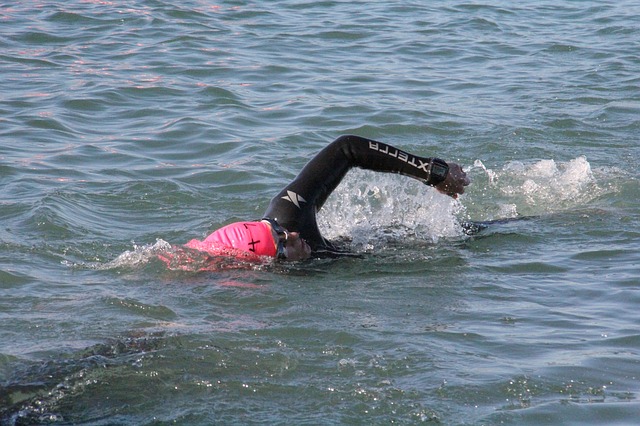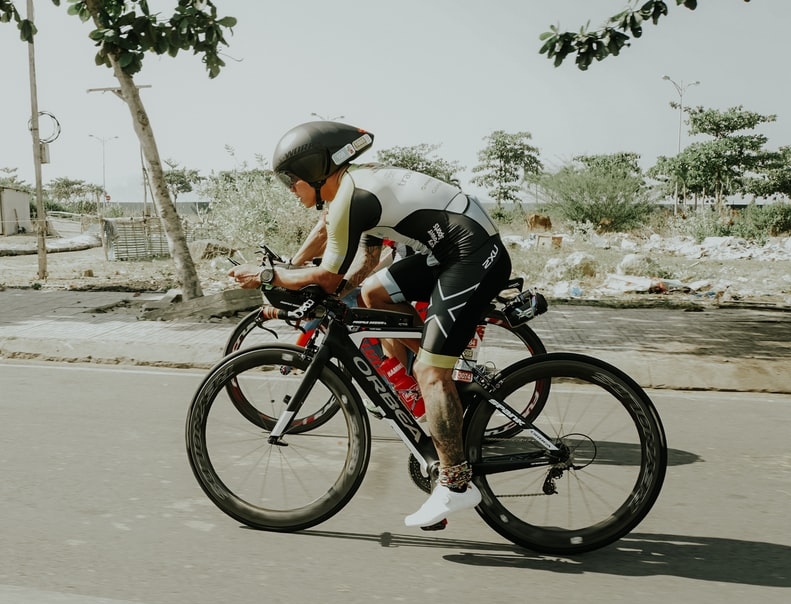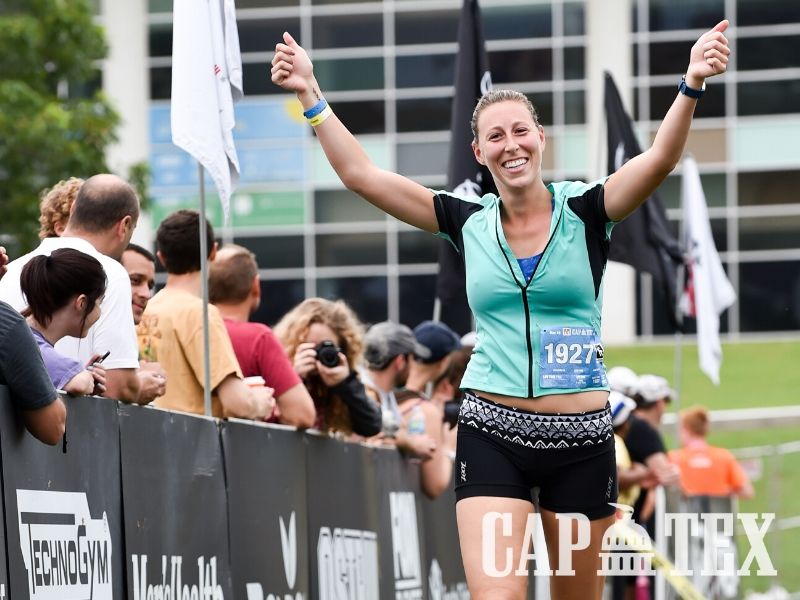Mastering the Elements: Essential Safety Tips for Riding in the Rain
As dedicated triathletes, we embrace the challenges that come with training and competing in various conditions. Rainy weather can present unique hurdles, especially when it comes to cycling. However, with the right mindset and preparation, riding in the rain can be a rewarding experience that enhances your skills and resilience. In this blog post, we’ll explore essential safety tips for riding in the rain, ensuring you stay safe and enjoy every moment of your journey.
1. Prepare Your Gear: Before heading out into the rain, ensure your gear is up to the task. Invest in quality waterproof or water-resistant clothing to keep yourself dry and comfortable.
2. Check Your Equipment: Inspect your bike thoroughly before riding in the rain.Ensuring your brakes are in optimal condition and your tires are properly inflated will help reduce the risk of flat tires, which are more common in wet conditions with poorly inflated tires. Additionally, lubricate your chain and other moving parts to prevent rust and maintain smooth operation throughout your ride.
3. Adjust Your Riding Style: Riding in the rain requires a more cautious approach. Reduce your speed and increase your following distance to account for decreased visibility and braking efficiency. Avoid sudden movements or sharp turns, as wet roads can be slippery and prone to accidents. Maintain a steady pace and focus on staying balanced and in control at all times.
4. Be Visible: Visibility is crucial when riding in adverse weather conditions. Wear bright and reflective clothing to ensure you’re easily seen by other cyclists, motorists, and pedestrians. Consider adding additional lights to your bike, both front, and rear, to further enhance your visibility and alert others to your presence on the road.
5. Watch for Hazards: Keep an eye out for potential hazards such as puddles, potholes, and slippery surfaces. Approach these obstacles with caution, and if necessary, adjust your route to avoid them altogether. Stay vigilant and anticipate changes in road conditions to react promptly and avoid accidents.
6. Stay Hydrated and Energized: Despite the cooler temperatures and wet conditions, it’s essential to stay hydrated and fueled during your ride. Carry an adequate supply of water and snacks to replenish your energy levels and keep you performing at your best. Opt for waterproof containers or storage solutions to protect your supplies from moisture and ensure they remain accessible throughout your ride.
7. Embrace the Challenge: Riding in the rain may seem daunting at first, but it can also be a rewarding and exhilarating experience. Embrace the challenge, focus on your technique, and use it as an opportunity to improve your skills as a cyclist. By staying prepared, alert, and adaptable, you’ll not only stay safe but also emerge as a stronger and more confident rider.
Riding in the rain requires careful preparation, adjustments to your riding style, and a keen awareness of your surroundings. By following these essential safety tips, you can navigate wet conditions with confidence and enjoy every moment of your cycling journey. Remember to stay hydrated, stay visible, and above all, stay safe out there on the roads. With the right mindset and precautions, you’ll conquer the elements and emerge as a stronger, more resilient triathlete.

